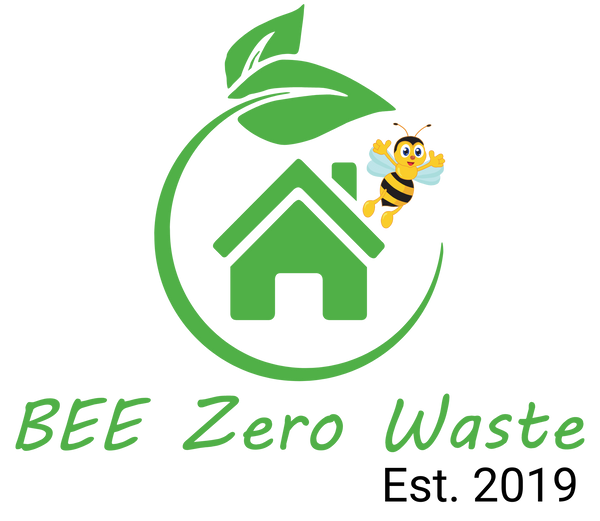Soap Bars vs. Liquid Soap: A Comparative Analysis of Environmental Impact
In the ongoing quest for greener living and sustainable practices, every choice we make matters, especially in our daily hygiene routines. Among these choices, the debate between using traditional soap bars and liquid soap is a significant one, particularly when considering their environmental impact. This blog delves into the differences between soap bars and liquid soap, focusing on packaging, ingredients, carbon footprint, and ultimately, which emerges as the eco-friendlier option.
Packaging: The Plastic Dilemma
One of the most apparent distinctions between soap bars and liquid soap is their packaging. Soap bars typically come in minimal, often recyclable or biodegradable paper packaging. In contrast, liquid soap is usually housed in plastic bottles, with pumps adding further complexity to recycling efforts. The production and disposal of these plastic containers contribute significantly to pollution and are detrimental to marine life. Soap bars, with their simpler packaging, clearly have a lower environmental footprint in this aspect.
Ingredients: The Simplicity of Solids
When examining the ingredients of soap bars and liquid soap, soap bars often boast a simpler, more natural composition. Liquid soaps require additional chemicals and preservatives to maintain their form, texture, and shelf life. These additives can have adverse environmental effects when they enter waterways, affecting aquatic ecosystems. Furthermore, the process of making liquid soap consumes more resources, including water, contributing to its larger ecological impact. Soap bars, known for their straightforward and earth-friendly ingredients, are the winners in this category as well.
Carbon Footprint: Weighing the Environmental Cost
The carbon footprint associated with the production, transportation, and storage of soap bars and liquid soap also highlights significant differences. Liquid soap is heavier and bulkier due to its water content, leading to higher carbon emissions during transportation. Soap bars are more energy-efficient to transport and store, as their compact size and lighter weight mean more products can be shipped in a single trip. Consequently, soap bars demonstrate a lower carbon footprint, making them a more sustainable choice for the environmentally conscious.
Water Usage: The Impact of Washing
When it comes to washing, liquid soap often requires less water to produce a lather, potentially making it seem like the more water-efficient option. However, studies suggest that people tend to use more liquid soap per wash than they would with a soap bar, negating this perceived benefit. Considering the overall lifecycle and usage habits, soap bars may encourage more mindful consumption, leading to less waste and lower water use over time.
The Greener Choice: A Clear Winner
Evaluating the environmental impact of soap bars and liquid soap across packaging, ingredients, carbon footprint, and water usage, soap bars emerge as the greener, more sustainable option. By opting for soap bars, consumers can reduce plastic waste, minimize exposure to synthetic chemicals, lower carbon emissions, and potentially conserve water.

As we continue to strive for a more sustainable world, the choices we make in our daily lives play a crucial role. Switching to soap bars is a simple yet effective step towards reducing our environmental footprint. It's a testament to the idea that sometimes, the traditional ways can be the most forward-thinking.
In the end, the transition to using soap bars over liquid soap is not just about personal or immediate benefits; it's about contributing to a larger movement towards sustainability and environmental responsibility. As consumers, we have the power to influence change, one wash at a time.

